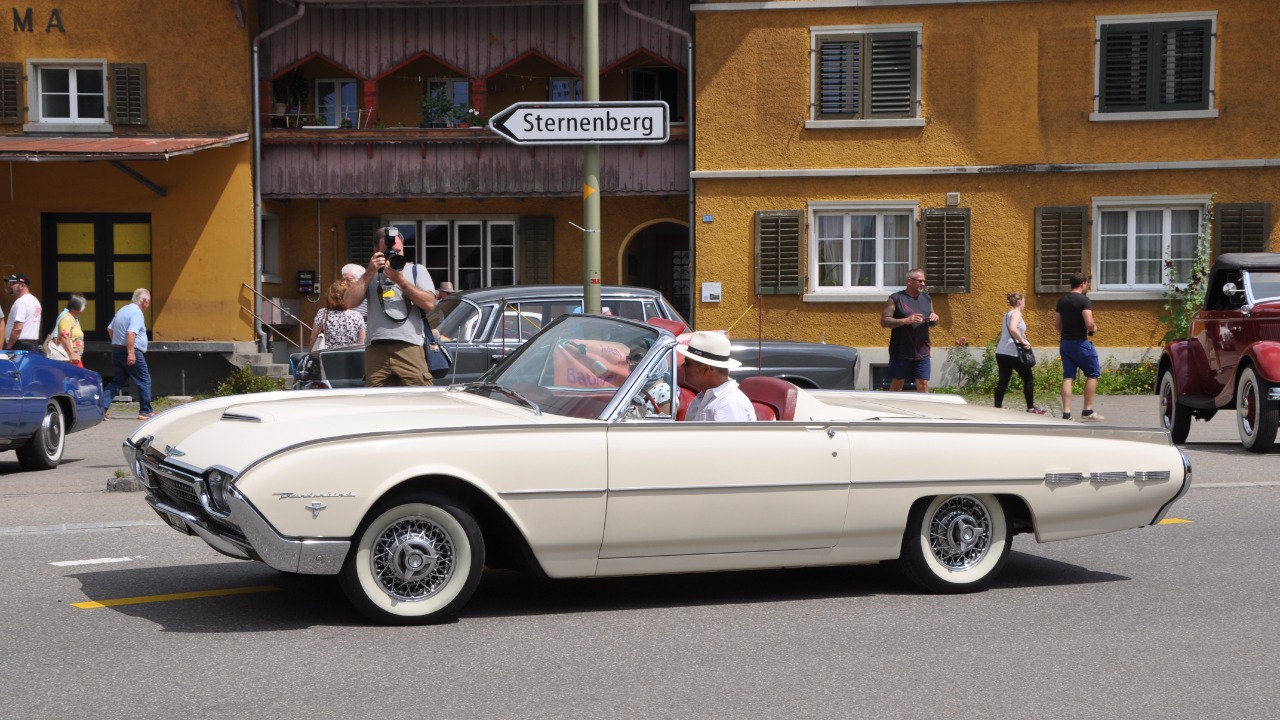
Classic cars are not just vehicles; they are pieces of history, cherished by their owners and admired by passersby. However, dealing with classic cars isn’t always straightforward due to some unusual laws. Let’s delve into some of these peculiar rules that govern the world of classic cars.
The Law of Rolling Back Odometers: The Illegal Practice
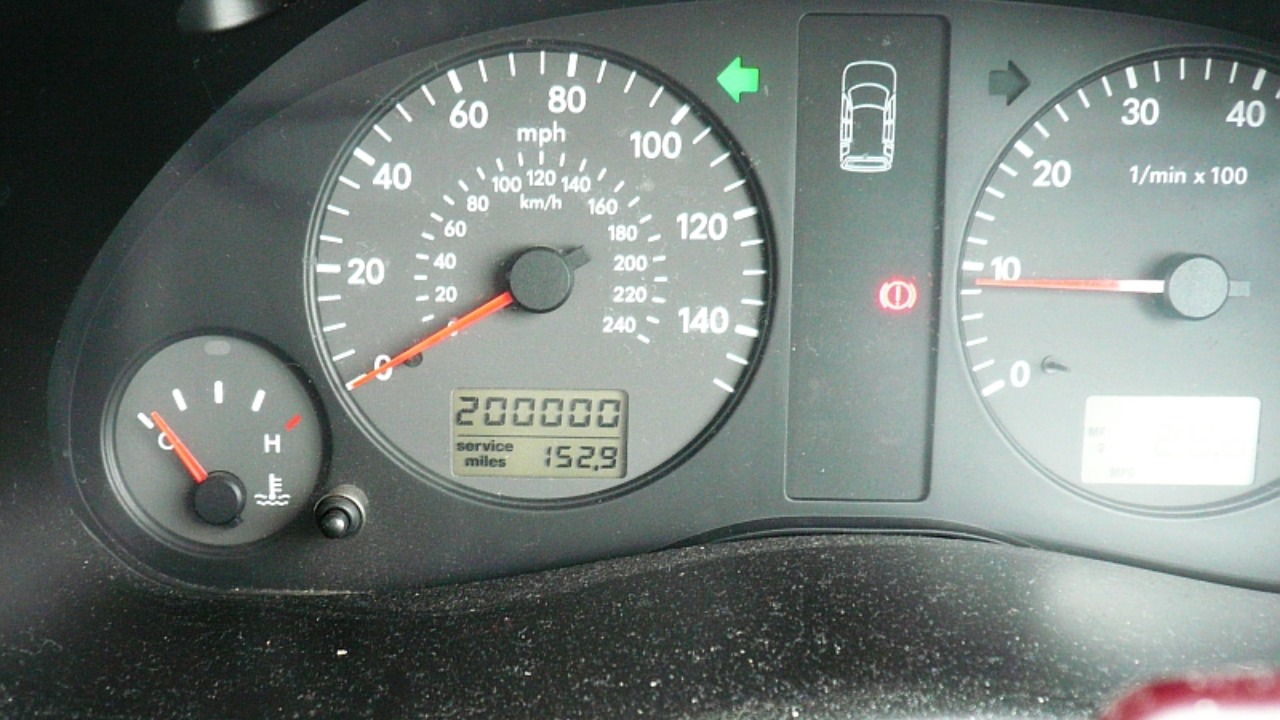
Rolling back odometers to show lesser mileage is considered fraud and is illegal. However, certain states in the US exempt vehicles that are older than ten years from this law. This means, for classic cars, the mileage on the odometer may not be a true reflection of the distance the vehicle has actually traveled. While this might seem odd, it’s something that classic car enthusiasts need to be aware of when purchasing or selling.
Mandatory Seatbelt Laws: Exceptions for Classic Cars

Seatbelts save lives, and it is mandatory for most vehicles to have them. But, did you know that classic cars may be exempt from this rule? In some jurisdictions, vehicles manufactured before seatbelt laws came into effect are not required to have them. This means that beltless rides might be entirely legal in your vintage vehicle.
Emission Standards: Surprising Exemptions for Older Vehicles
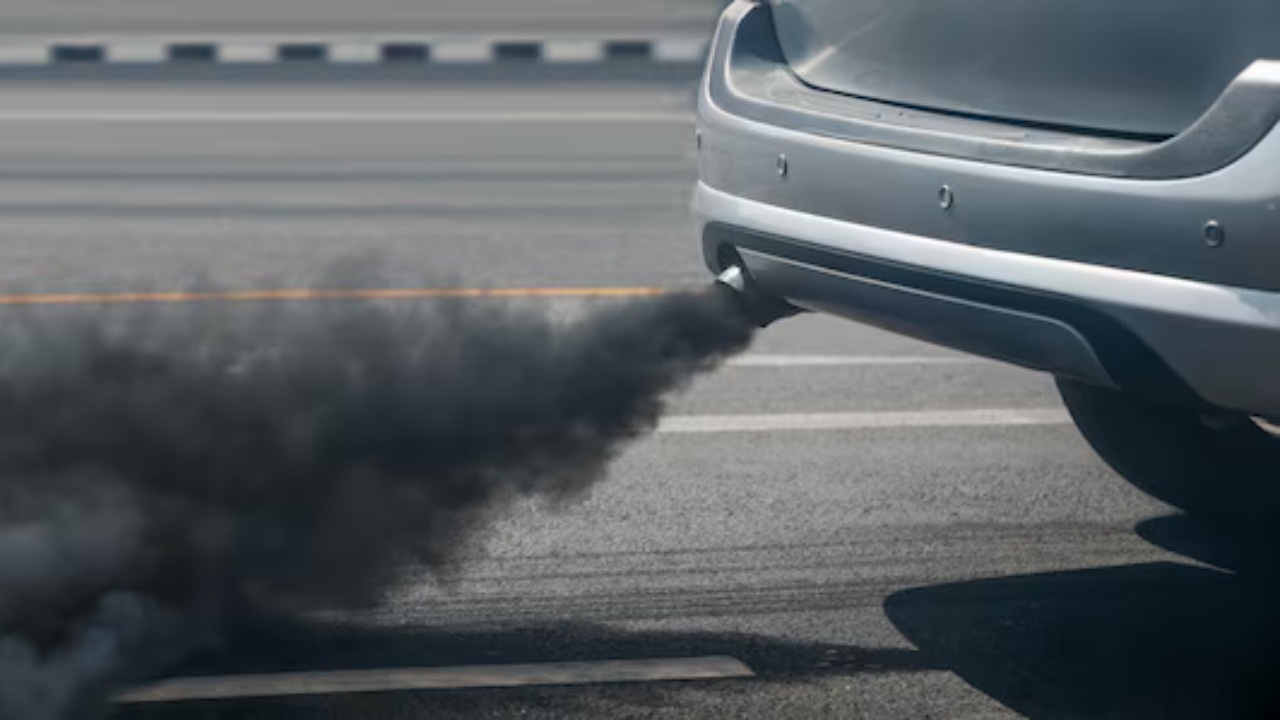
Older vehicles are often not as environmentally friendly as their modern counterparts. However, many jurisdictions exempt classic cars from meeting modern emission standards. This allows these historical beauties to remain on the road despite not meeting current environmental requirements. Still, as classic car owners, we should strive to minimize our environmental impact where possible.
Importing Classic Cars: Age and Safety Laws
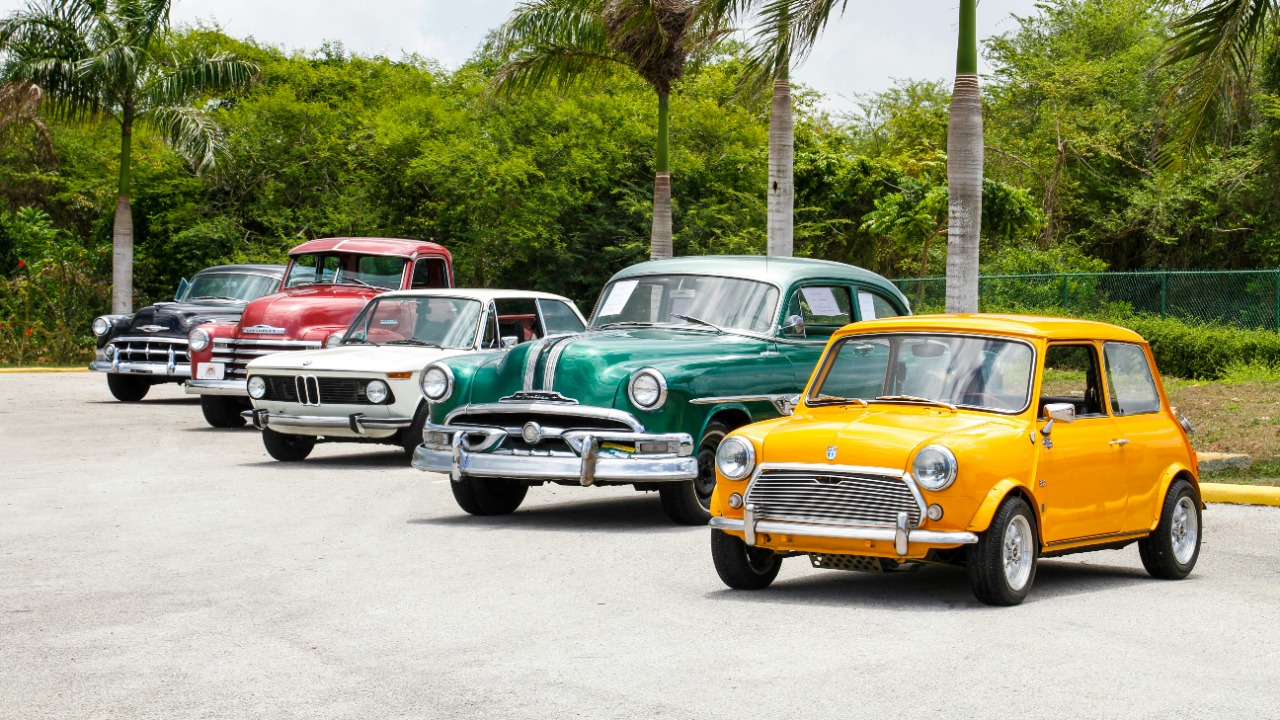
Importing a classic car can be a complex process due to various age and safety laws. In the United States, for instance, any imported car must be 25 years or older to be considered ‘classic’ and exempt from certain safety regulations. This law may seem strange, but it’s intended to protect consumers from unsafe vehicles and maintain the historical integrity of the classic car market.
The Antique Plate Law: Restrictions and Privileges
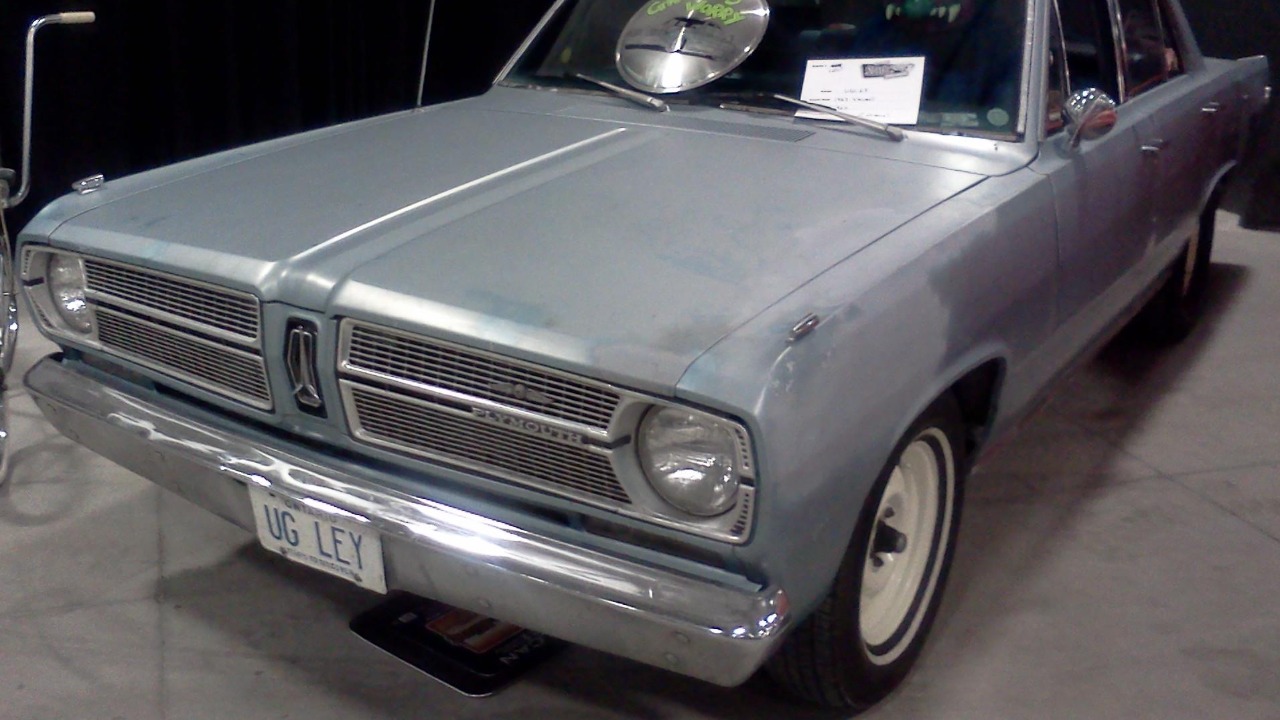
Many states offer ‘Antique’ license plates for classic cars, providing certain privileges like reduced registration fees. However, these plates often come with usage restrictions such as limiting the vehicle to parade use, exhibitions, club activities, and other similar events. This quirky law ensures these historical vehicles are preserved for future generations while still being enjoyed today.
The Headlight Height Laws: Unusual Regulations for Classic Cars
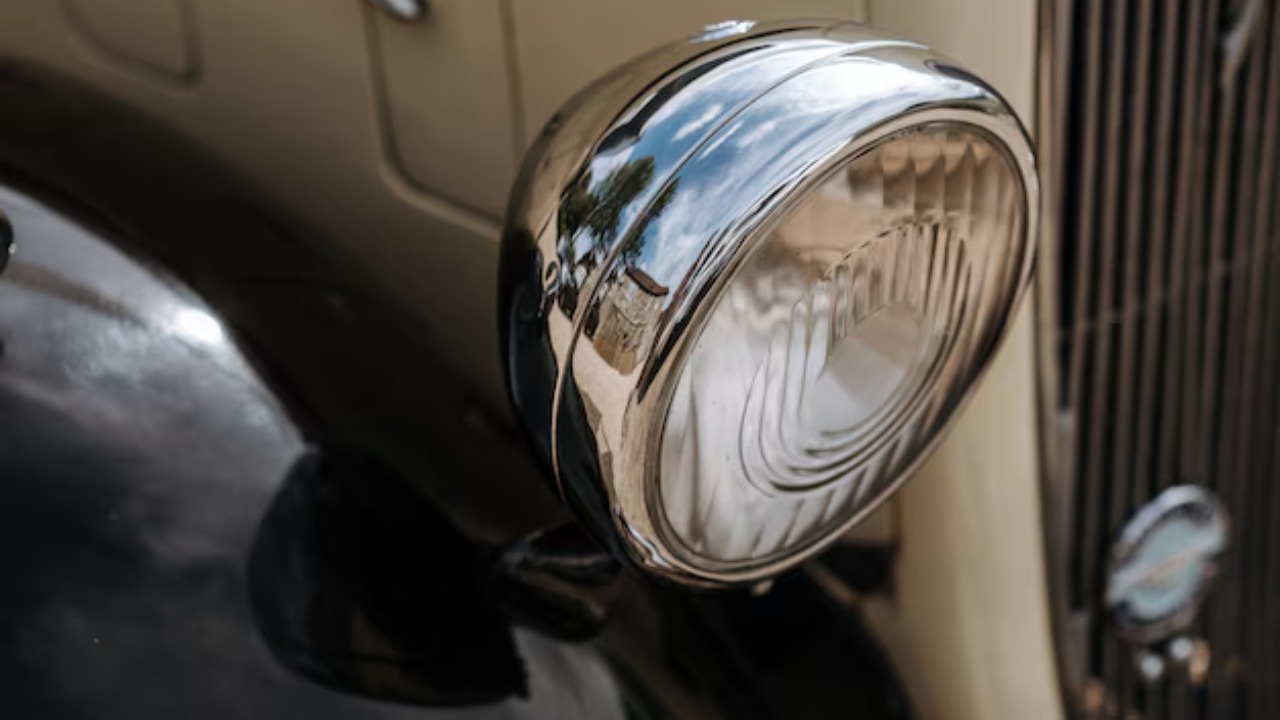
Headlight height regulations are another area where classic cars have different rules. The height requirement for headlights varies depending on the state, but generally, older cars are subject to different standards than modern vehicles. This is another peculiar law that classic car owners need to be aware of to ensure their vehicle is street legal.
The Classic Car VIN Laws: The Bizarre Rule of 17 Characters

VIN (Vehicle Identification Number) laws are quite specific. Since 1981, it’s a requirement for VINs to be exactly 17 characters long. However, classic cars produced before this law was enacted may have VINs of varying lengths. This bit of trivia can be a source of confusion when registering or insuring a classic car.
Noise Ordinance Laws: The Unexpected Advantage of Classic Cars
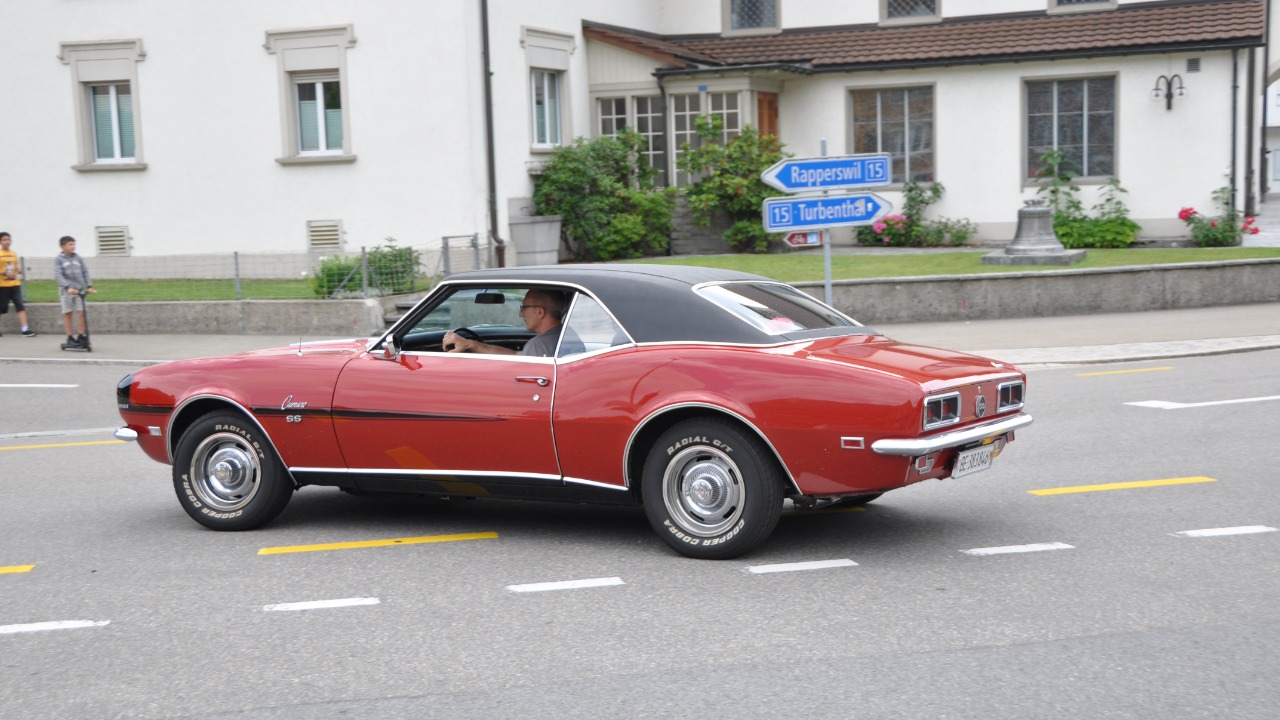
Noise ordinances are laws that limit the acceptable level of noise in a given area. Interestingly, many classic cars are exempt from these laws due to their age and design. This unexpected advantage means that classic cars can legally make more noise than their modern counterparts.
Compulsory Insurance Laws: How They Vary for Classic Cars

Insurance laws vary greatly when it comes to classic cars. For example, some insurance providers offer ‘agreed value’ policies where the insurer and the owner agree on the car’s value at the policy’s inception. This differs from typical policies that consider the car’s depreciated value, providing better coverage for classic car owners whose vehicles may appreciate over time.
The Unlawfulness of Modern Modifications on Classic Cars
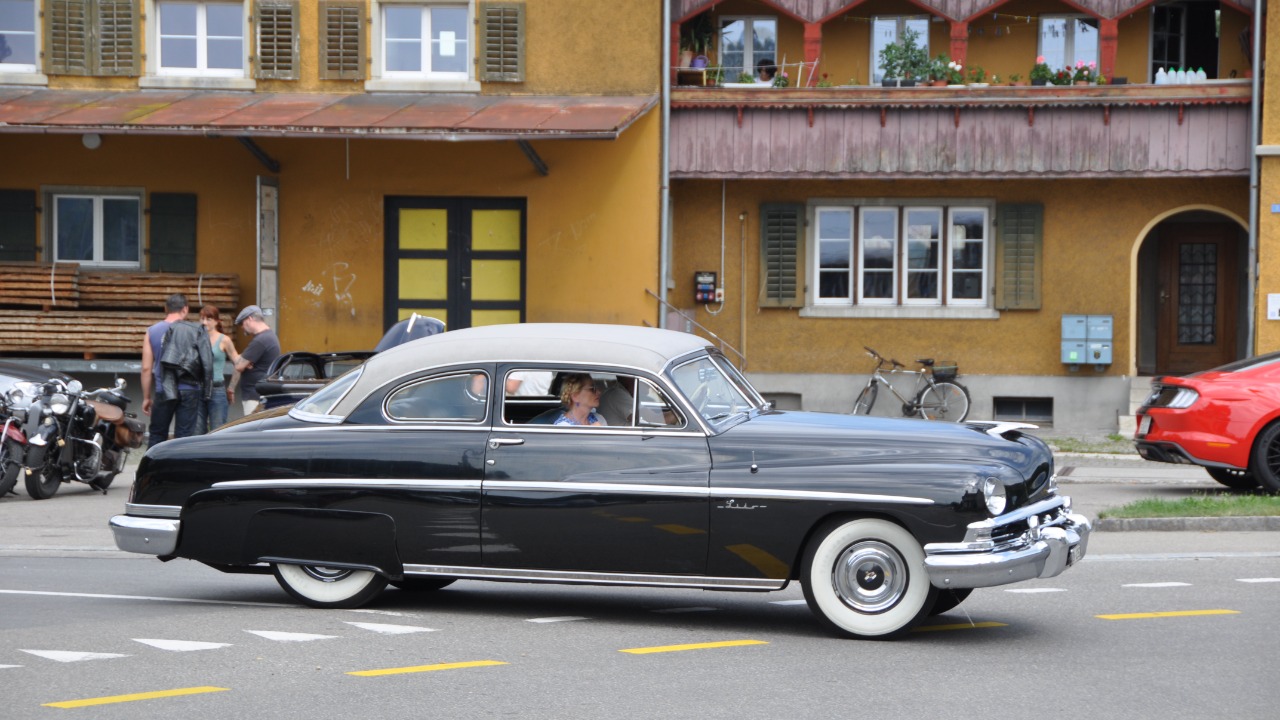
Finally, while it may be tempting to outfit your classic car with modern amenities, in many places, this is actually unlawful. The reasoning behind this is to preserve the historical integrity of classic cars. So, before installing that new sound system or LED lights, make sure to check your local laws.
Classic cars are a testament to our past, and these unique laws help preserve their historical significance. Whether you’re a seasoned collector or a novice enthusiast, understanding these laws can help you better navigate the world of classic cars.